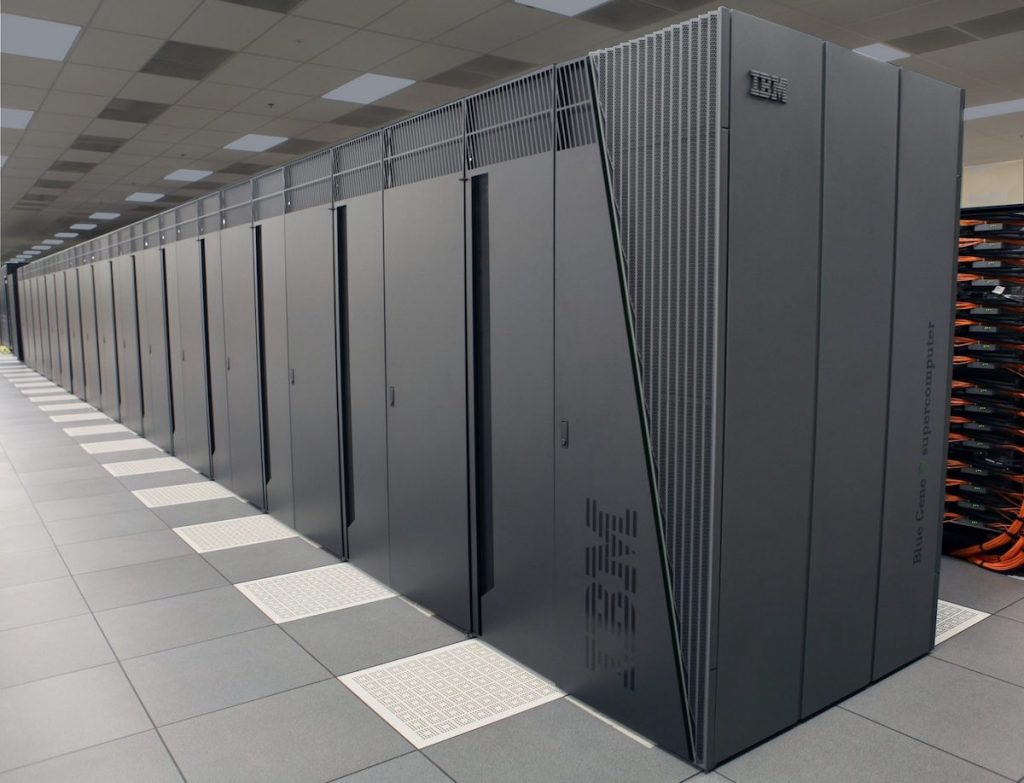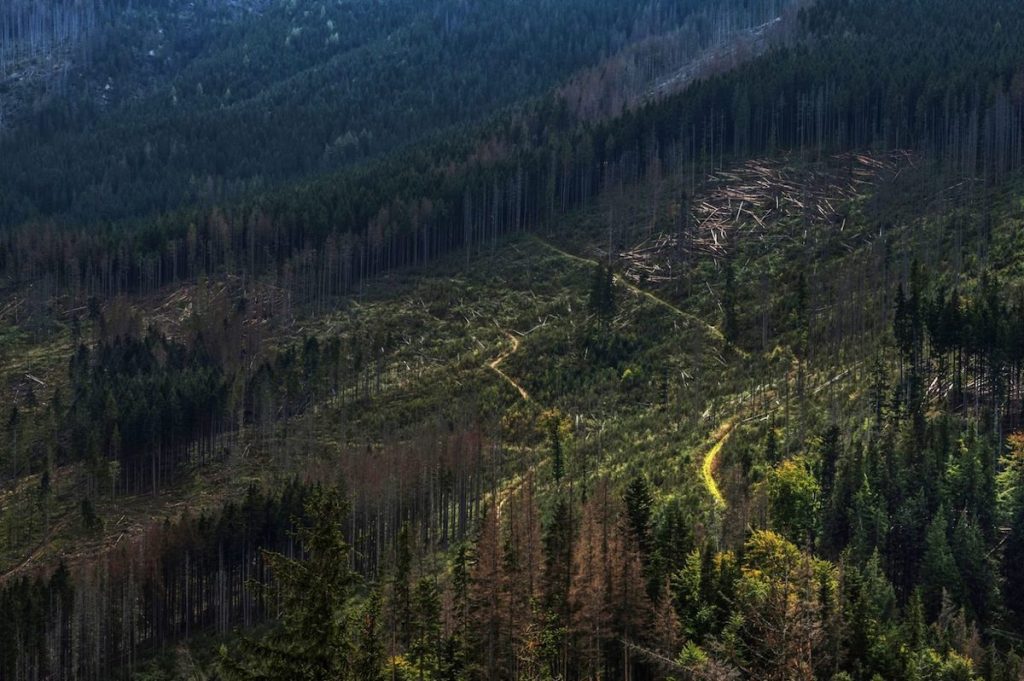There are 5.9 million Instagram posts tagged #EcoFriendly.
There’s no doubt that people all over the world, online and off, are waking up to the devastating impact that we are having on the planet. Never before has there been such a push to reduce plastic consumption, slow global warming and stop deforestation. Recently, naturalist David Attenborough said, “we cannot be radical enough,” in our actions to slow climate change. New York has recently declared a “climate emergency.”
Protestors have been hitting the streets and social media to campaign for the preservation of our planet.
However, is there a chance that sharing information online about our “climate emergency” is actually doing more harm than good?
Sea Levels and Data Use: Both on the Rise
Unsurprisingly, in a world of Instagram and Netflix and with 5G here, data usage is on the rise. In fact, the worldwide amount of data is set to jump to 175 Zettabytes by 2025.
From our partners:
With emerging technologies relying heavily on the internet and data, this number is set to grow. The already massive appetite will increase as machine learning, IoT, autonomous vehicles, blockchain and artificial intelligence, powered by quantum computing, become more mainstream.
Whilst, at first glance, this doesn’t seem like a bad thing, the storage of such vast amounts of data could cause a problem for our planet.

Data is not Intangible
Most people don’t equate digital storage with physical storage. One study on businesses by DigiPlex found that 60% of respondents did not know where their data was stored.
Data has to be stored somewhere. Most often, it in mammoth data centres that are used to store, organise, process and disseminate every single tweet, Instagram post, and Netflix show online. A Greenpeace report describes the energy choices of cloud-computing in more depth.
Naturally, the growth in data means the growth in data centres. In 2012, there were only 500,000 worldwide to handle global traffic, but today, there are more than 8 million, according to IDC.
There is set to be a mega growth of data centres to store more data alongside cloud storage. By 2021, data centre storage capacity will grow to 2.6 ZB, up from 663 EB in 2016 – nearly a 4-fold growth.
This is unsustainable for multiple reasons.
The Environmental Impact of Data Centres
Electricity
As you can imagine, the electricity required to store these vast amounts of data is huge. This has a big impact on the carbon footprint of the data industry. According to Nature, the international journal of science, the footprint of Information and Communication Technologies is on par with that of the aviation industry from fuel.
To put that into perspective, Greenpeace highlights that “The energy footprint of the tech sector as a whole is currently estimated to consume approximately 7 percent of global electricity, but could increase to as much as 20 percent by 2025.” The communication technology sector could contribute up to 14% of carbon emissions by 2040.
In a time when we’re all worried about not leaving our phones plugged in overnight and about turning lights off before we leave the house, it’s shocking to imagine how much electricity is used on our daily internet usage.
One study by the American Coal Association found that a smartphone streaming a one hour video per week uses more power annually than a refrigerator. A July 2019 report released by the French think-tank The Shift Project contains more information about the unsustainable use of online video.
Coolants
It’s not just the storage of data that uses a lot of electricity. Cooling down data storage units so they don’t crash also requires power and resources.
The need to cool data storage units presents such an issue that Microsoft chose to “sink” one of their centres near Orkney in an attempt to improve energy efficiency.
On top of energy use, coolants are commonly comprised of freon/halocarbon or chlorofluorocarbons. These compounds contribute to the depletion of the ozone layer (Green House Data).
Land
Land use is another worry when it comes to the environmental impact of data centres.
Considering their huge size – around 50% are between 5 ,000 and 50,000 sq. ft – data centres require large amounts of land. This could mean the destruction of wildlife and even deforestation. With its large carbon footprint, it doesn’t bode well that these centres are also potentially removing ways for that carbon to be taken out of the atmosphere.

Is the future of data storage clean?
With the above in mind, it’s no surprise that companies have jumped on the opportunity to market themselves as using “clean data.” Some tech giants have moved towards renewable energy to power their data centres – certainly a step in the right direction.
However, not all companies are following suit. Instead, companies like Spotify and Netflix use “dirty” energy in their data centers. Similarly, Amazon has abandoned its goal of using 100% renewable energy.
With the younger generation, undoubtedly the most eco-conscious of us all and the future of our planet, using technology at a growing rate, they are unknowingly contributing to our collective carbon emissions and to the degradation of the planet. Therefore, the first step to combating this issue is to raise awareness of it.
Furthermore, as data-hungry technologies become more mainstream, we need to find scalable and sustainable ways to power apps and data storage.
At Snap Out, we firmly believe that tech innovation should be in-line with the Copenhagen letter: “We must protect and nurture the potential to do good with it.” As we’ve spoken about previously, this requires designers with sustainability at the heart of what they do.
What can we do to help reduce environmental pressure?
- Cut our technological use to accumulate less data.
- When developing tech products, consider green energy powering your data storage.
- Be fussy and do your research through Click Clean to help you choose apps and technologies that use renewable energies. Consumers’ behavior can influence change for good.
- Sign petitions such as this one demanding sustainable servers.
- Within innovation and design thinking processes for product development, consider including sustainability experts to advise on the product’s impact on the planet. Start monitoring the environmental impact of products.
- The Shift Project suggests upgrading devices less often, owning fewer digital devices and not demanding online connectivity to be omnipresent. By doing this, we can reduce current data demands.
Final Thoughts
As Melinda Gates writes: “If you think you’re super smart and you don’t listen to people, you can reach into areas outside your expertise and make bad decisions with big impact.”
Whilst she is talking about billionaires being philanthropic, the sentiment rings true here: If we don’t listen to experts on sustainability and include them in product development, particularly for emerging technologies, we may inadvertently make bad decisions which will have a big impact on the environment.
As we’ve outlined, we must include the planet in product development and not be ignorant about the amount of carbon dioxide produced when storing data and using technologies.
This article originally appeared in Impakter.













